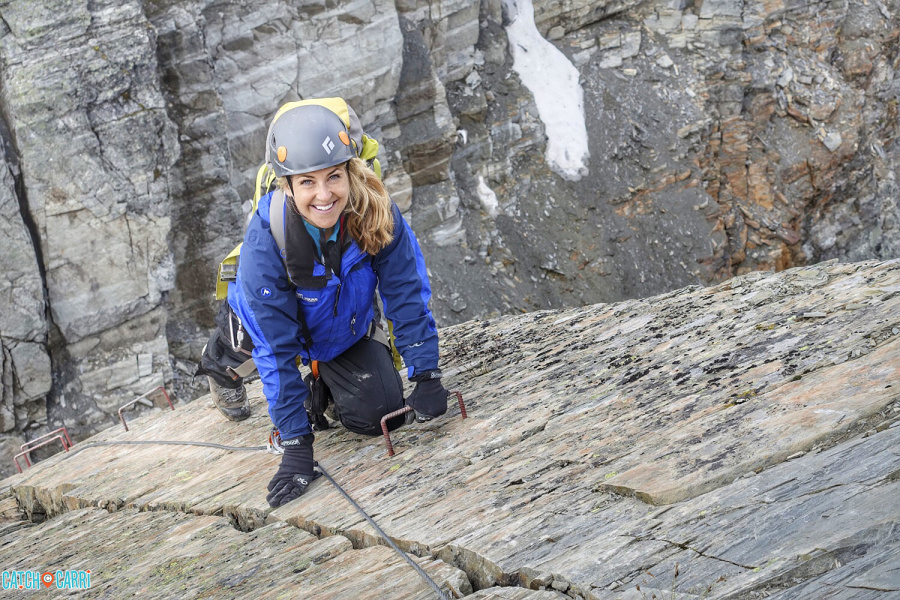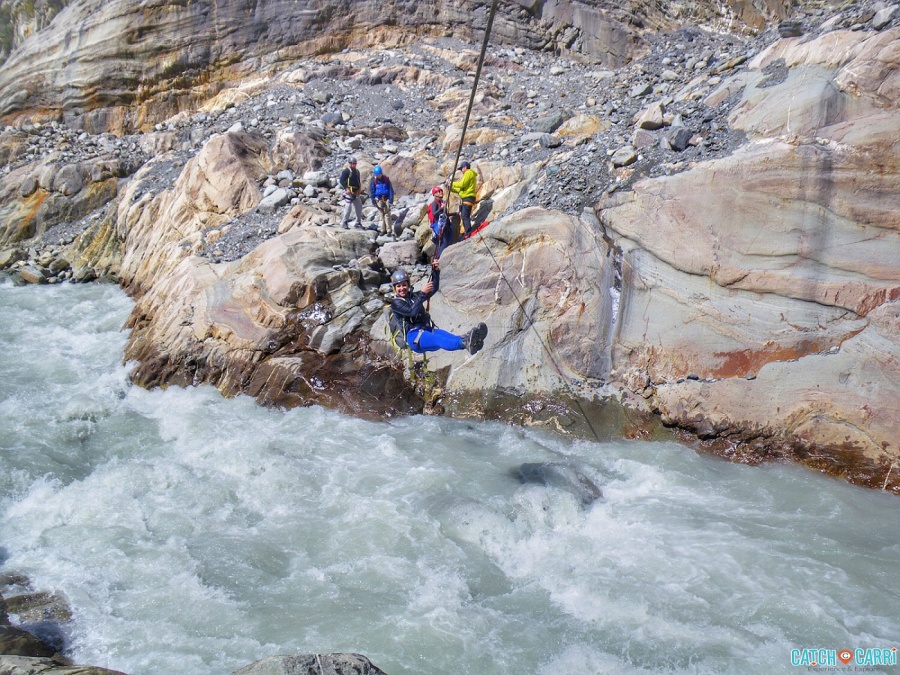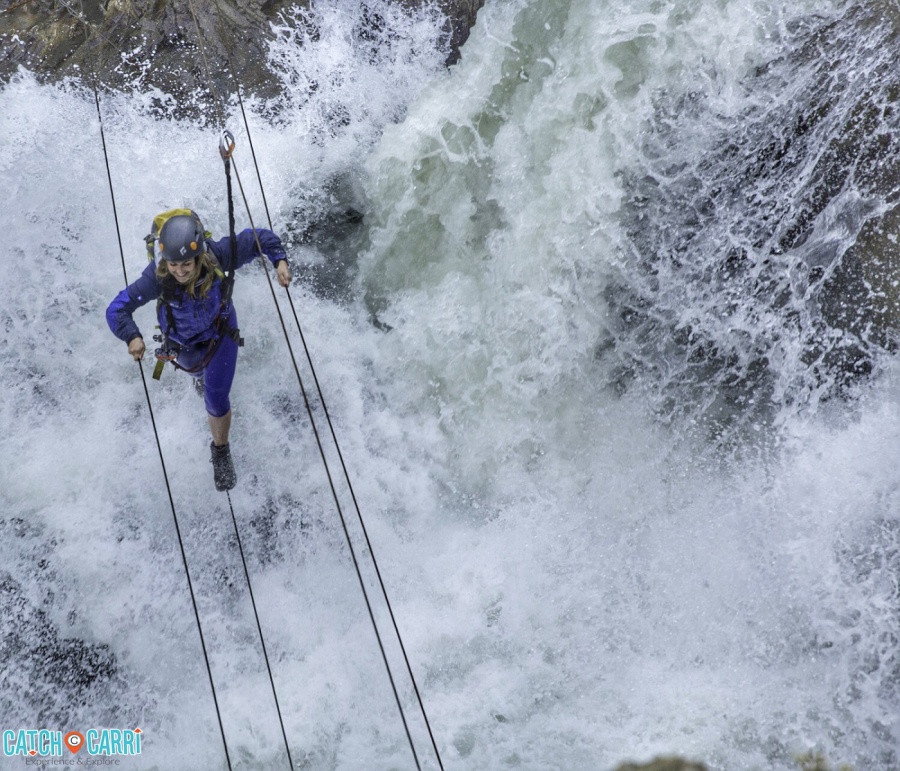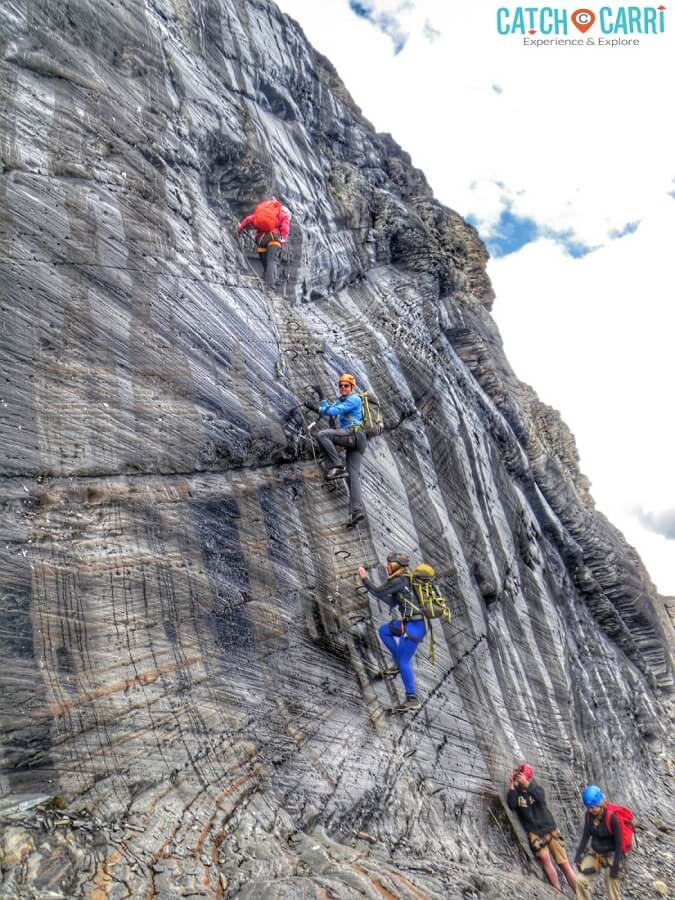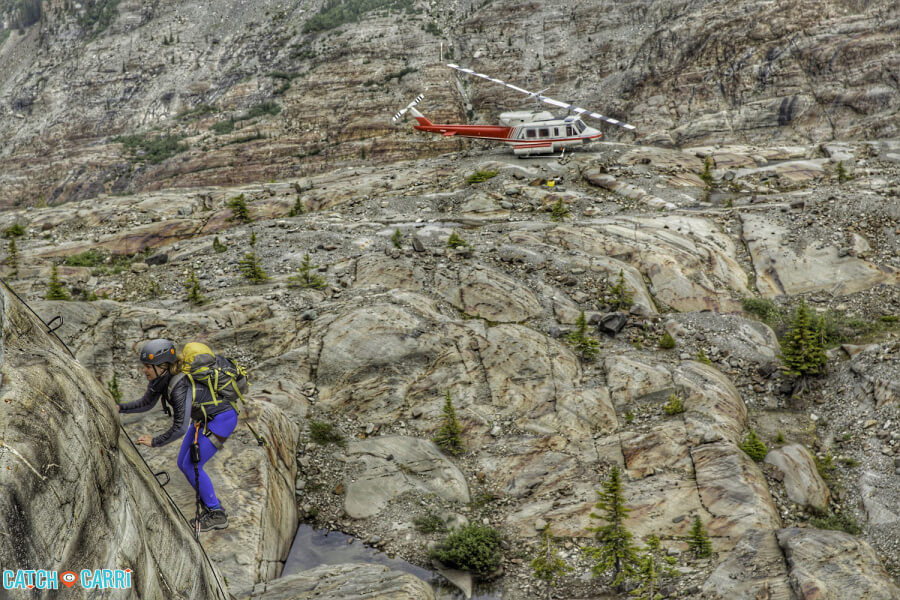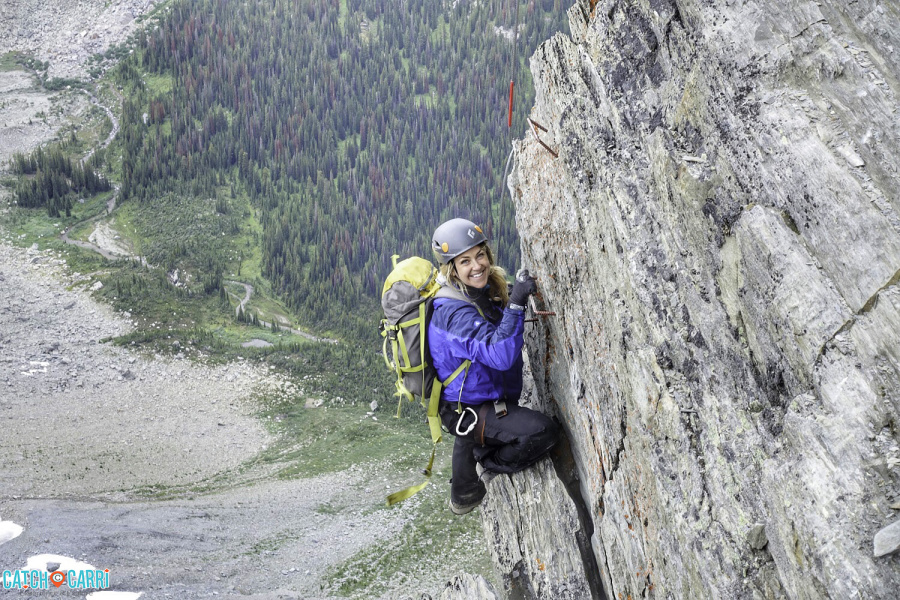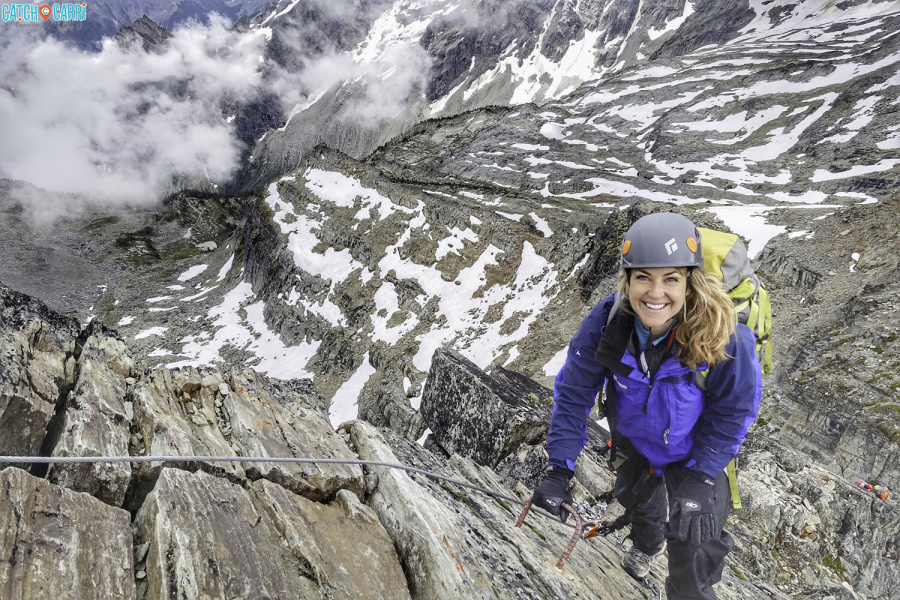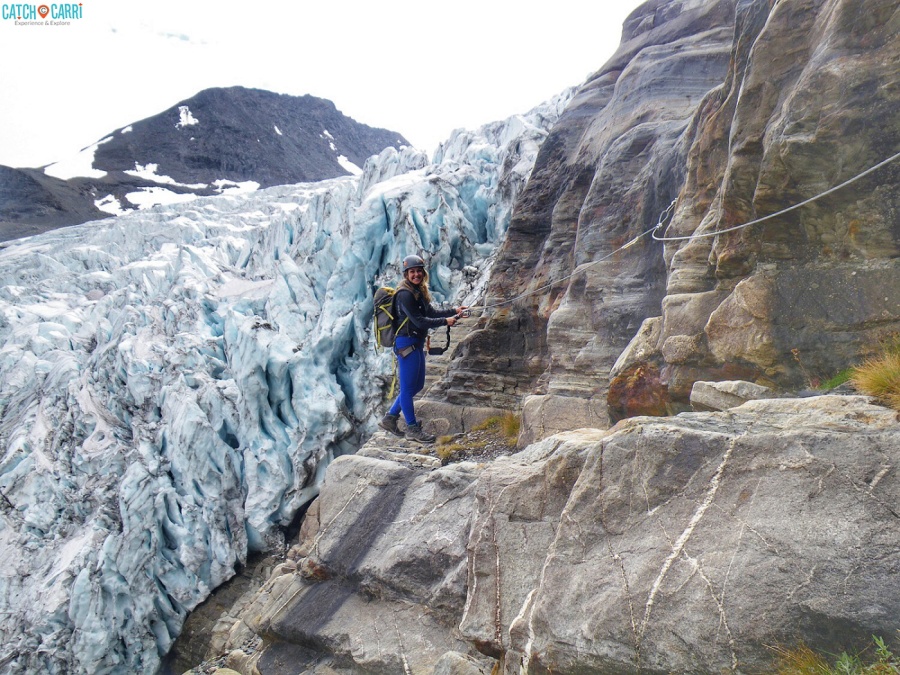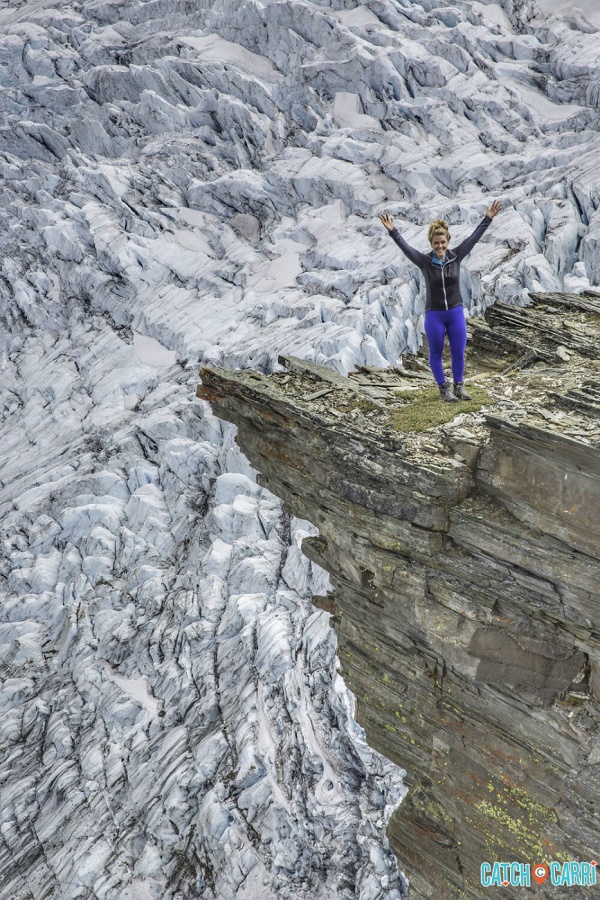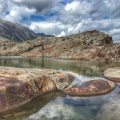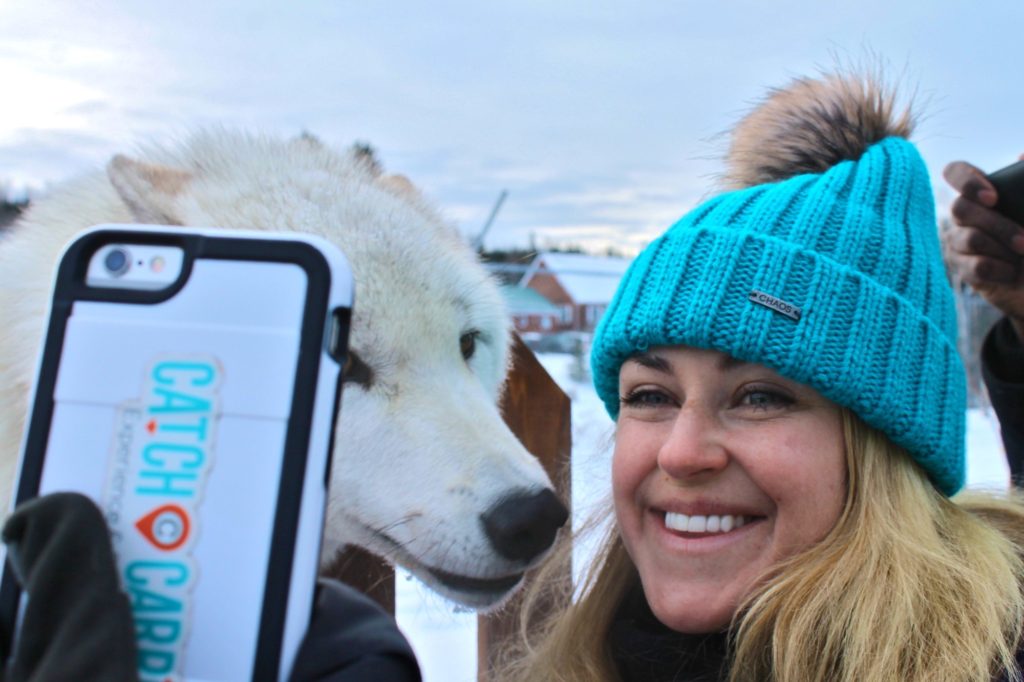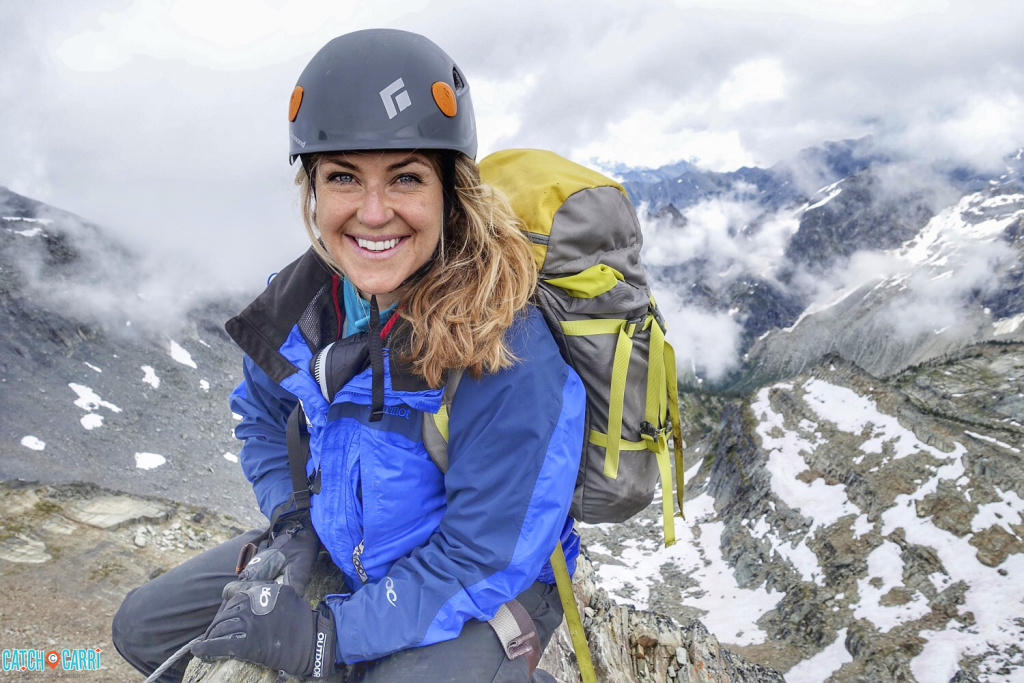
How A Summer Heli Trip With CMH Changed My Travel Perspective
The kinds of trips offered by Canadian Mountain Holidays, a Banff based company, are ones that inspire you to change your lifestyle. Recently, I went on three-night summer heli trip to the Bobbie Burns Lodge in the Purcell Mountains of British Columbia. It left me craving more, and with a different mindset about adventure travel.
To get to the place I’m staying in the Purcell Mountains of British Columbia, I must hop into a jet-powered helicopter for a ride into the backcountry. Flying in, I’m in awe, looking out the window, where towering mountains, silty streams, emerald-hued lakes and vibrant dots of wildflowers loom below. I can’t wait to hit the wilderness, which is what the trip is all about. CMH has been running top-rated winter heli-ski trips for more than 30 years now, but recently they expanded to offer summer trips, that incorporate rock climbing, zip-lines, hiking and helicopters, so guests can enjoy mountain adventures year around.
It’s only a 15-minute ride to the Bobbie Burns Lodge, which will be my home for the next few days. It’s a European style lodge with comfortable rooms, a hot tub, a pond to swim in with a rope swing, and sitting areas dressed up with mountain décor to enjoy chatting with other guests over drinks and appetizers. But as nice as the lodge is, it’s the adventures coming the next two days that will change my mindset about working out and challenging myself.
On the first full day we summit Mt. Nimbus, the first and longest Via Ferrata in North America, built by guides at CMH under the direction of our guide, Bruce Howatt. Via Ferrata, Italian for Iron Road, makes climbing accessible to those without experience. Climbers wear a harness with carabineers that clip into a fixed steel cable. The cables are bolted into rock walls next to iron hand holds that mimic a ladder. Along the way, we also encounter bridges that allow us to cross from one peak to the next, making sure that we can cover ground that would otherwise be left only to experts.
Even though the Via Ferrata is encouraged for beginners, the day still comes with intimidating but conquerable moments.
“Most people have an absolute blast, although there’s moments where it’s challenging. We wouldn’t want it too easy, then it wouldn’t be any fun,” says Howatt as we get ready to depart.
The climb to the top consists of some hiking and ridge walks with vast drops on both sides, but for the most part it’s climbing vertical walls with some scrambling. And for me, the intimidating parts come with the exposure of the ground thousands of feet below. One of the most exciting parts, however, is walking across a 150-foot suspension bridge between summits. From here, I can see the full face of the mountain that leads to the final ascent of Mt. Nimbus. Soon enough, we are in the same spot of the final pitch, where I start to feel waves of excitement looking thousands of feet into a valley far below.
“It’s really spectacular, like being in a giant skyscraper and having those kind of views,” smiles Howatt.
The Via Ferrata continues down the mountain a short ways to a repel spot where we drop 170 feet to the bottom, for the last big rush of the day. From there, it’s a half hour hike to the spot where the heli drops us back at the lodge, where appetizers and a homemade delicious three course fish dinner feed our hungry bellies and the open bar helps us celebrate- but not too much because tomorrow we are back at it.
Each morning, a bell wakes us up for an optional stretch class and a second one for a warm breakfast buffet of eggs, bacon, oatmeal, fresh fruit and yogurt and breads and pastries made by the lodge baker. I snag a spot at the guide’s table, where they share stories and crack jokes. The upbeat personality and hardworking mentality of everyone here makes the trip even more enjoyable.
The helicopter service also helps. For instance, what would be a full day of bush whacking to get to the start of the climb to the Conrad Glacier takes us less than ten minutes via helicopter, which makes the backcountry accessible to people short on time. For this adventure, we start in a valley and quickly encounter our first rush: a zip line over a river crossing. As we continue on, we clip into via ferrata cables and start working our way up the Conrad Creek via Burma bridges and ladders.
The next part is where I have to muster up the most courage for another water crossing– but the most intense one I have come across. The water is high, bringing powerful surges of water over the wire, which makes balancing difficult. With a solid focus on food placement, however, I make my way slowly across with a deep breath once I cross the other side, pretty soaked.
But I dry off as we hike in the open sun, past insanely beautiful bedrock areas—these are spots where the glacier used to be and has scoured away beautiful smooth water slide looking features that the creek runs down. Some water is silty, a creamy color, from glacial erosion.
It’s not long before the base of the massive Conrad Glacier comes into sight. To get there we hike up steep and smooth rock where it would be easy to slide down with a misstep. After getting a good look at the ice, we continue towards the top after lunch at the Blue Lagoon, I think about going for a swim but seeing the glacier ahead, we decide to hit it.
As we get closer to the top, the climb becomes increasingly more vertical, and the climbs down even steeper, and some sections of the black cliffs are slick from water running down them. The final pitches on the Conrad Glaciers have even more vertical relief down- overlooking the glacier. Here, I stop to reassure myself to keep going. The handholds seem further apart, making it harder to reach, but this may also be fatigue setting in. After a last push, I am at the top, however, and rewarded with amazing views overlooking huge cliffs above the crevassed pocked, textured glacier. I could easily stay for sunset but our heli is waiting, ready to take us back to the lodge. That’s another great part about CMH adventures, when you reach the top, you don’t have to climb down.
If you have more gusto in you, back at the lodge there is a ropes course waiting.
“It’s a short walk away and a zip line whisks you into a 70-foot tall tree course where there’s obstacles from tree to tree,” says Brodie Smith, a CMH mountain guide.
Obstacles are labeled by difficulty, so those looking for a challenge can conquer the black diamonds and those looking for something easier can look to the blues and greens. Once you are done, a zip line sends you flying with a huge smile back to the ground.
Climbing isn’t the only way to adventure in the backcountry with CMH. You can also try backcountry hiking, which I did for the second part of my journey. Groups are organized by their hiking ability and can head out to the BC backcountry but everyone has a chance to get in some miles on the first day.
“We have beautiful ridge walks with lots of elevation gain and loss. If you’re more interested in walking through flowery meadows we have tons of those too. The hiking in the Purcell Mountains is just spectacular. The views here are just second to none,” says Smith.
Hiking here comes with a kind of calm you won’t find on trafficked trails. You won’t run into another soul, unless it’s some kind of wildlife. We follow our guide Bernie down alpine tarns created by glacial activity, past wild flowers and little lakes and a waterfall. We stop at a snow patch turned pink by algae, that also surprisingly gives it a watermelon kind of smell. We continue over to Martin Ridge, an area with a view over the Conrad Ice Field, which is made up of several glaciers still connected to one another.
It’s after days like these experienced in the Canadian Rockies that I realize for me happiness is conquering a challenge. I am most happy when I am pushing myself out of my comfort zone physically and mentally. At home, I consider myself active. I love rock climbing, hiking and mountain biking but this trip allowed me to realize I was missing a challenge element in my life. Upon returning, I vowed to change my mentality; to dedicate more practice time to move up to a more challenging climbing route, take on some of the 14’ers my state is known for or map out a multi night mountain bike trip with tricky features. It’s this kind of change in mindset that only few trips can provide, and why I just may mark a spot for another CMH adventure again soon.








